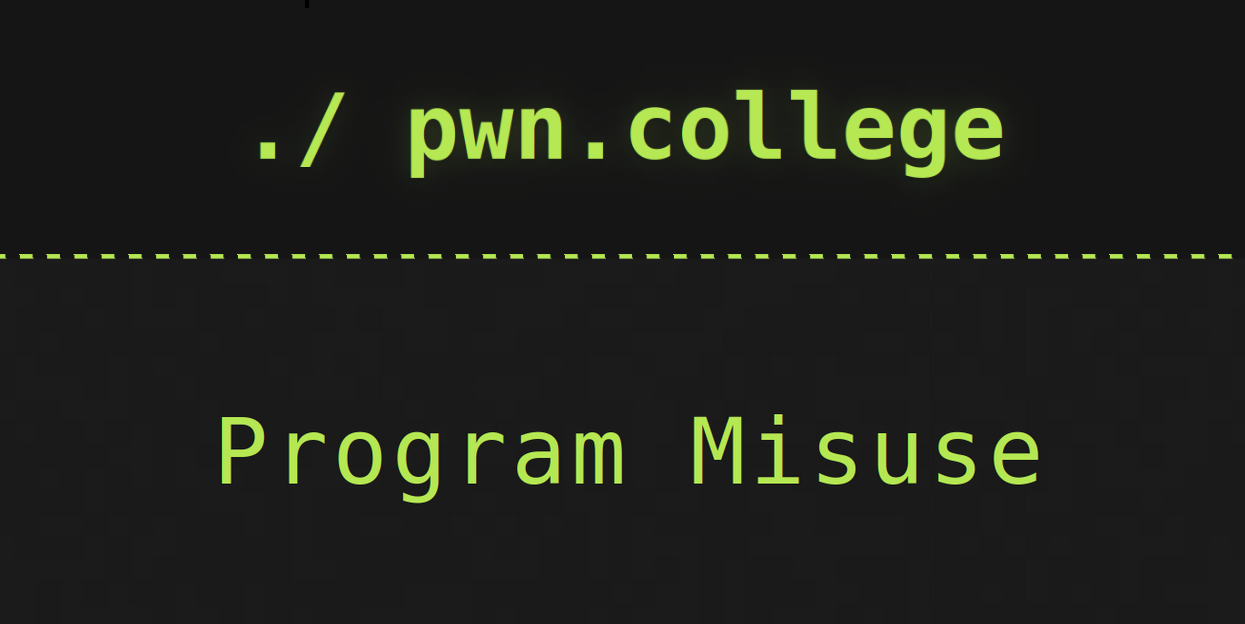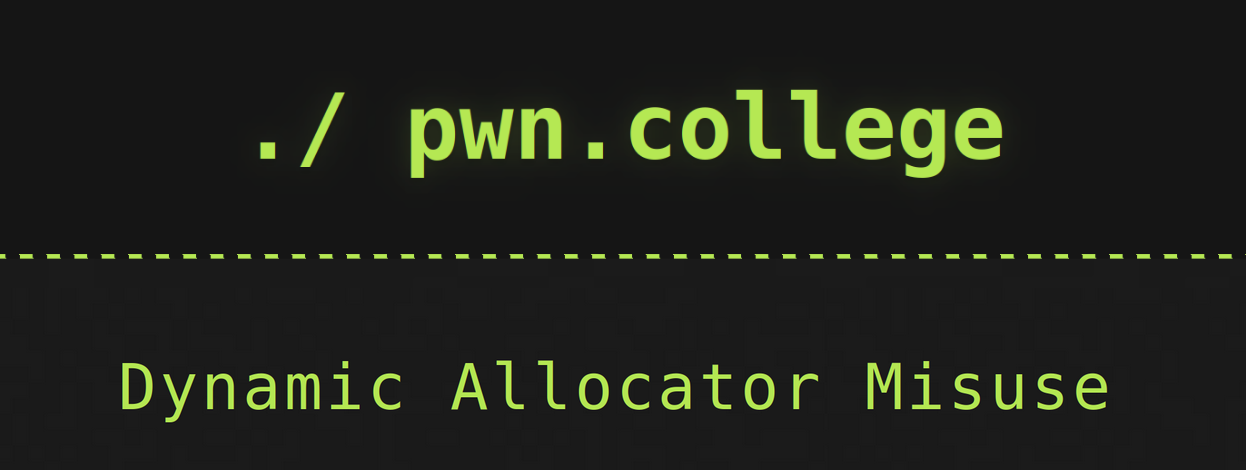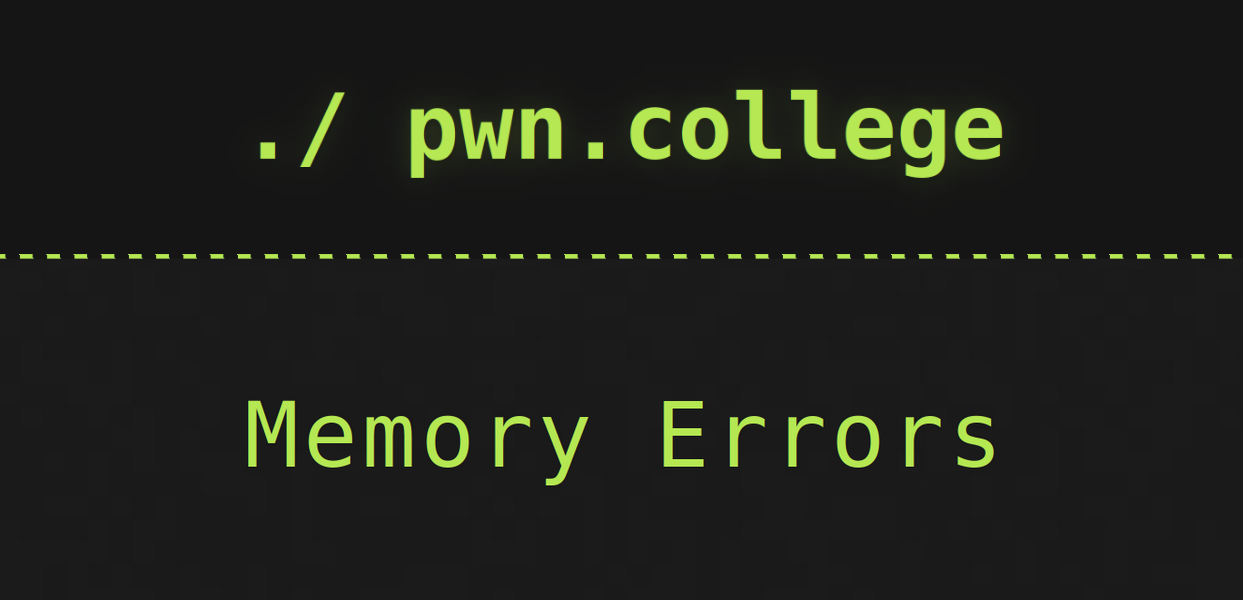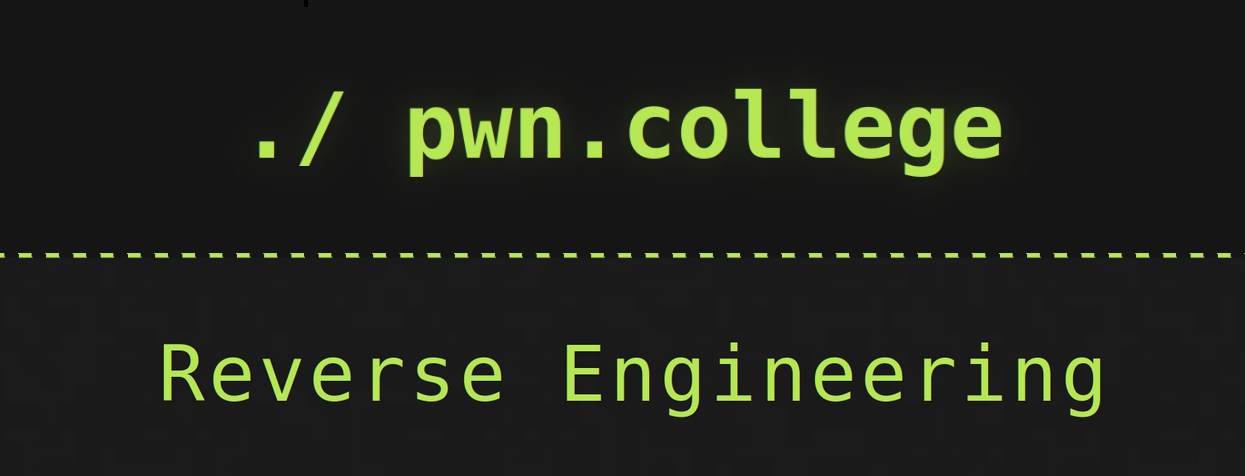Note: Most of the below information is summarized from Dr. Yan Shoshitaishvili’s pwn.college lectures from the “Program Misuse” module. Much credit goes to Yan’s expertise! Please check out the pwn.college resources and challenges in the sources
In module 2 there wasn’t as much content to cover so this post isn’t too long. I’d still recommend checking out the lectures yourself for demonstrations on each of the topics covered.
Privilege Escalation
- Every process has a user ID (UID) and and a group ID (GID)
- UID 0: the Linux admin user (root). Needed for:
- Installing software
- Loading device drivers
- Shutting down/rebooting
- Changing system-wide settings
- Can be used to:
- open ANY file
- execute any program
- assume any other user/group ID
- debug any program
- UID 0: the Linux admin user (root). Needed for:
Linux Permission Model:

- SUID(Set User ID): execute with the eUID(effective user ID) of the file owner rather than the parent process
- Reset every time a file’s ownership is changed
- SGID(Set Group ID): execute with the eGID(effective Group ID) of the file owner rather than the parent process
- Sticky: used for shared directories to limit file removal to file owners
- ensures you can only delete files you have created in a shared directory
- Effective ID(eUID/eGID): the UID/GID used for most access checks
- Read ID(UID/GID):the “real” user/group ID of the process owner, used for things such as signal checks
- Saved ID: a user/group ID that your process could switch its eUID/eGID to
- Used for temporarily dropping privileges
Useful Commands:
id: will list out the IDs of every process on your systemsudo chmod u+s fileName: add the SUID for the given filesh -p: ensures that privileges are not dropped when running a program





Please share using the links if you enjoyed!